Le Musée des arts asiatiques du Département des Alpes-Maritimes, propose pour la première fois en France, une exposition entièrement dédiée au tatouage japonais.
For the first time in France, the Musée des arts asiatiques of the Alpes-Maritimes department is staging an exhibition devoted entirely to Japanese tattooing.
L’art du tatouage japonais est considéré comme l’un des ornements corporels les plus aboutis au monde. Avant l’adhésion populaire, sa pratique puise sa source au cœur de l’époque d’Edo (1603-1868) avec le tatouage de serment fait par amour et le marquage infamant des criminels. Le cheminement vers une ornementation extrêmement élaborée qui couvre de larges parties du corps reste méconnu du grand public.
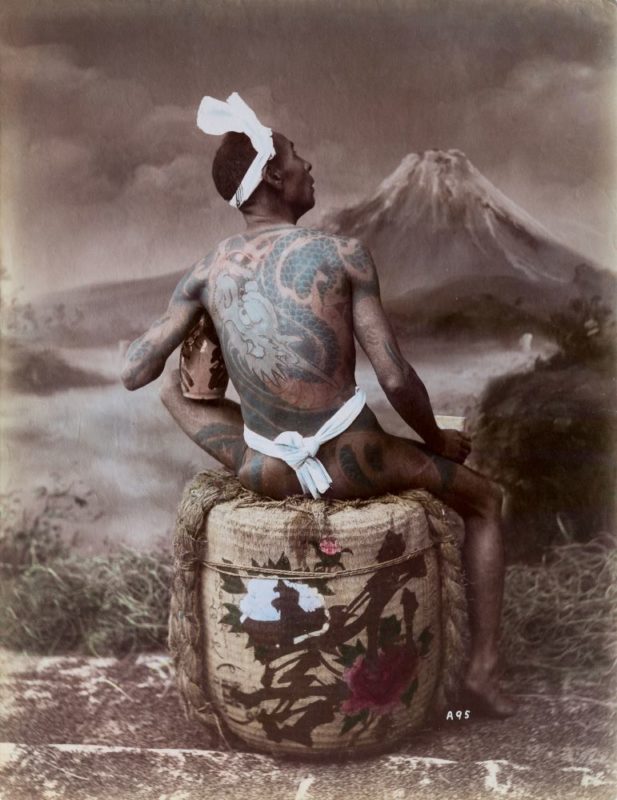
The art of Japanese tattooing is considered to be one of the most accomplished forms of body decoration in the world. Before popular acceptance, its practice had its origins in the Edo period (1603-1868), with the tattooing of oaths made for love and the infamous marking of criminals. The path to extremely elaborate ornamentation covering large parts of the body remains unknown to the general public.
Durant deux siècles et demi, cette évolution s’est nourrie de la vie culturelle de l’ukiyo, ce « monde flottant » en pleine effervescence en dépit de la censure imposée par le shogunat Tokugawa. Support de contestation silencieuse, le corps devient un moyen d’exprimer force et courage pour les gens du peuple. Ce phénomène social s’intègre alors à la culture du théâtre kabuki, de l’estampe et du livre, puis passe de la lumière à une ombre relative avec la prohibition de 1872 qui efface une partie de cette mémoire.
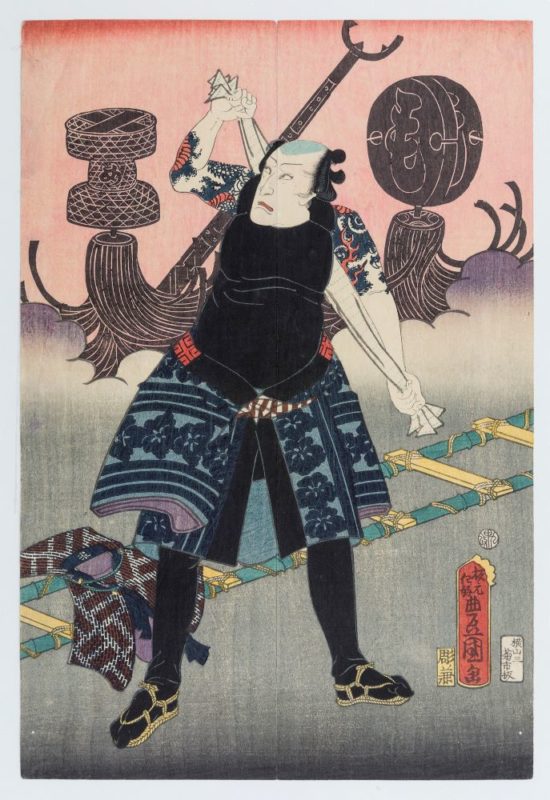
For two and a half centuries, this development was fuelled by the cultural life of ukiyo ukiyo, the ‘floating world’ that flourished despite the censorship imposed by the imposed by the Tokugawa shogunate. A medium of silent protest, the body became a means of means of expressing strength and courage. This social phenomenon became part of the culture of kabuki theatre, prints and books, and then passed from to relative obscurity with Prohibition in 1872, which wiped out part of this memory. part of this memory.
Après la fin de l’interdiction en 1948, en particulier durant les années 1960, le cinéma s’empare de cet héritage et en associe l’image aux groupes criminels yakuza que la gravure, la photographie ou le manga perpétuent. Au Japon, cette représentation durable alimente la perception négative du tatouage et limite encore la liberté d’accès à certains lieux publics.
After the end of the ban in 1948, and particularly during the 1960s, the film industry seized on this heritage and associated the image with the Yakuza criminal groups that were engraving, photography and manga. In Japan, this enduring negative perception of tattoos and still limits freedom of access to certain public places. access to certain public places.
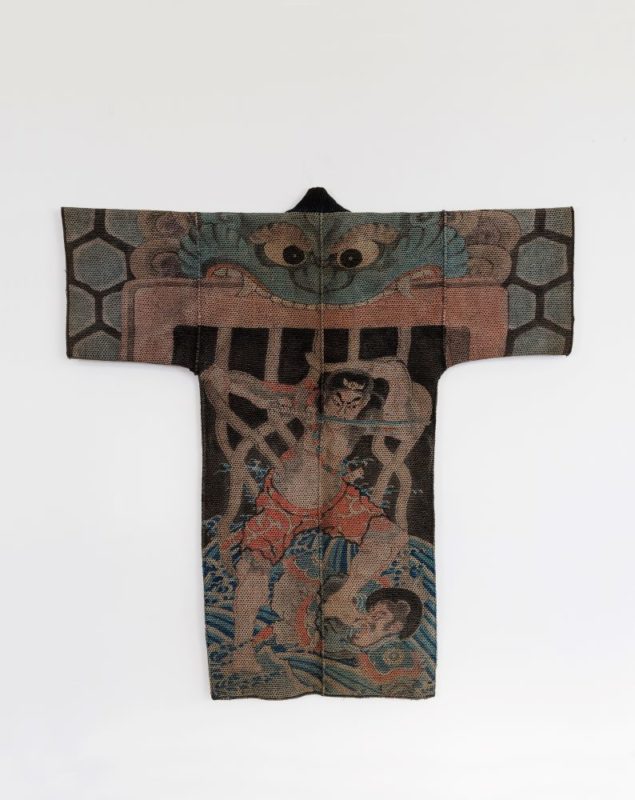
Cette exposition retrace plus de trois cents ans d’histoire de cet art de l’éphémère, qui ne dure qu’une vie, dont les codes d’hier inspirent ceux d’aujourd’hui. Elle interroge notre regard sur l’engagement que demande une telle démarche et sur l’identité sociale des personnes qui marquent leur corps.
This exhibition retraces more than three hundred years of the history of this art of the ephemeral, which lasts only a lifetime, and whose codes of yesterday inspire those of today. It questions our view of the commitment that such an approach requires, and of the social identity of the people who mark their bodies. identity of those who mark their bodies.
Exposition à découvrir jusqu’au 3 décembre|23
MUSÉE DES ARTS ASIATIQUES
MUSÉE DU DÉPARTEMENT DES ALPES-MARITIMES
405. Promenade des Anglais 06200 Nice

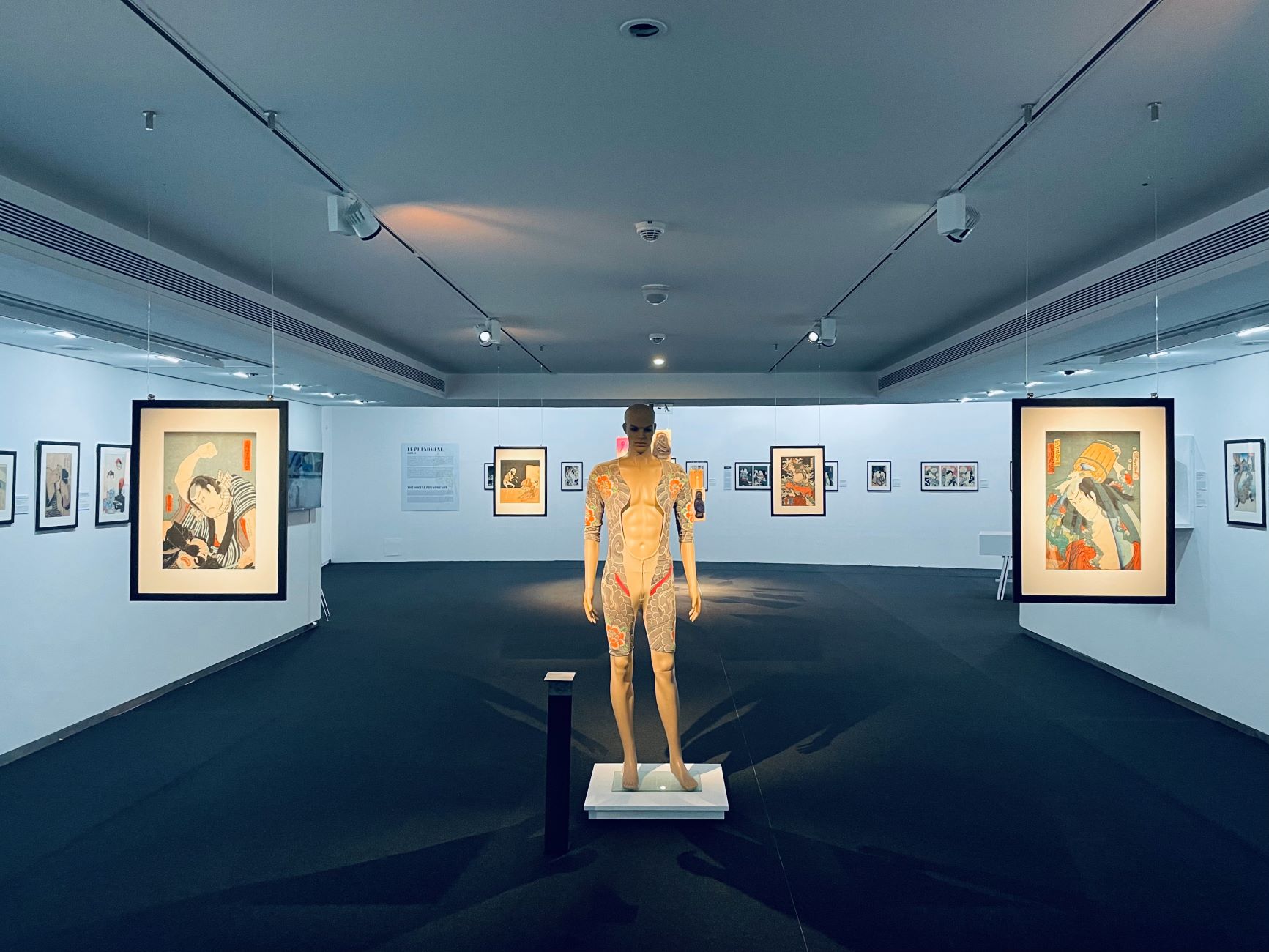


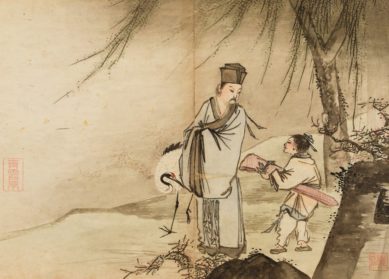




Qu'en pensez-vous ?